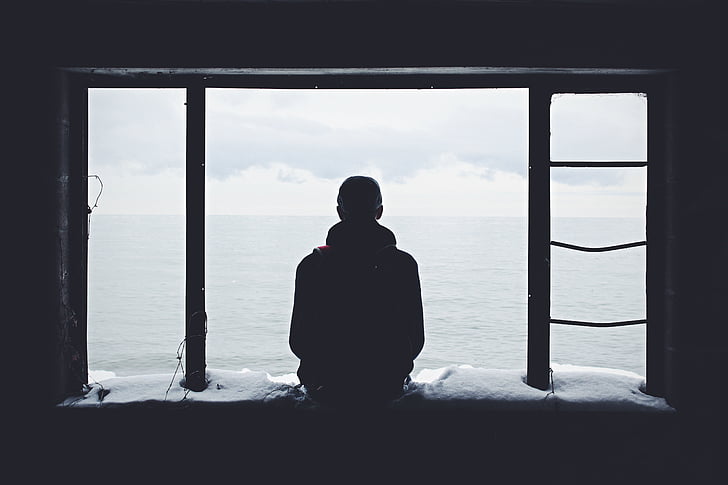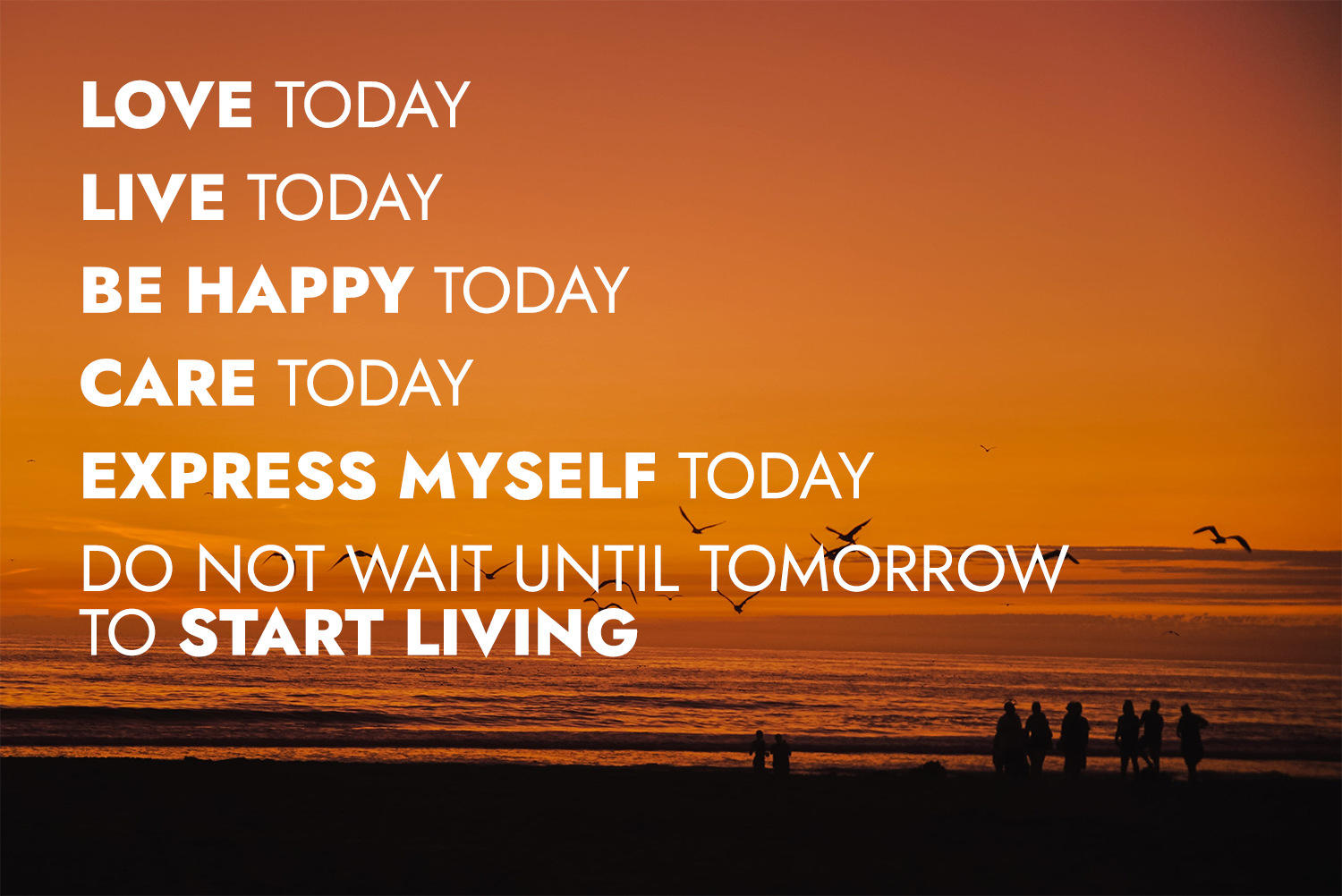Mental Habits and Chronic Pain
People faced with the day in day out experience of ongoing muscle and joint pain often develop mental habits to help them cope that can actually make their condition worse.1 Emotions such as anger, depression and/or making comparisons to how things used to be before the physical problem began, distracts the brain temporarily to help override current sensations of pain. While these mental habits can provide fleeting relief, they also serve to prolong chronic pain conditions by changing brain chemistry and altering the mind and body’s response to pain.



 I have decided to look at the bright side of this event, and see it as an opportunity. While many are not in my particular position, and are actually out of job and income due to this pandemic, I want you to reframe it. Change the paradigm of this being a negative, to this being a time for catching up, reflecting, and perhaps actually changing yourself.
I have decided to look at the bright side of this event, and see it as an opportunity. While many are not in my particular position, and are actually out of job and income due to this pandemic, I want you to reframe it. Change the paradigm of this being a negative, to this being a time for catching up, reflecting, and perhaps actually changing yourself.
 1. Meditation & Deep breathing:
1. Meditation & Deep breathing: 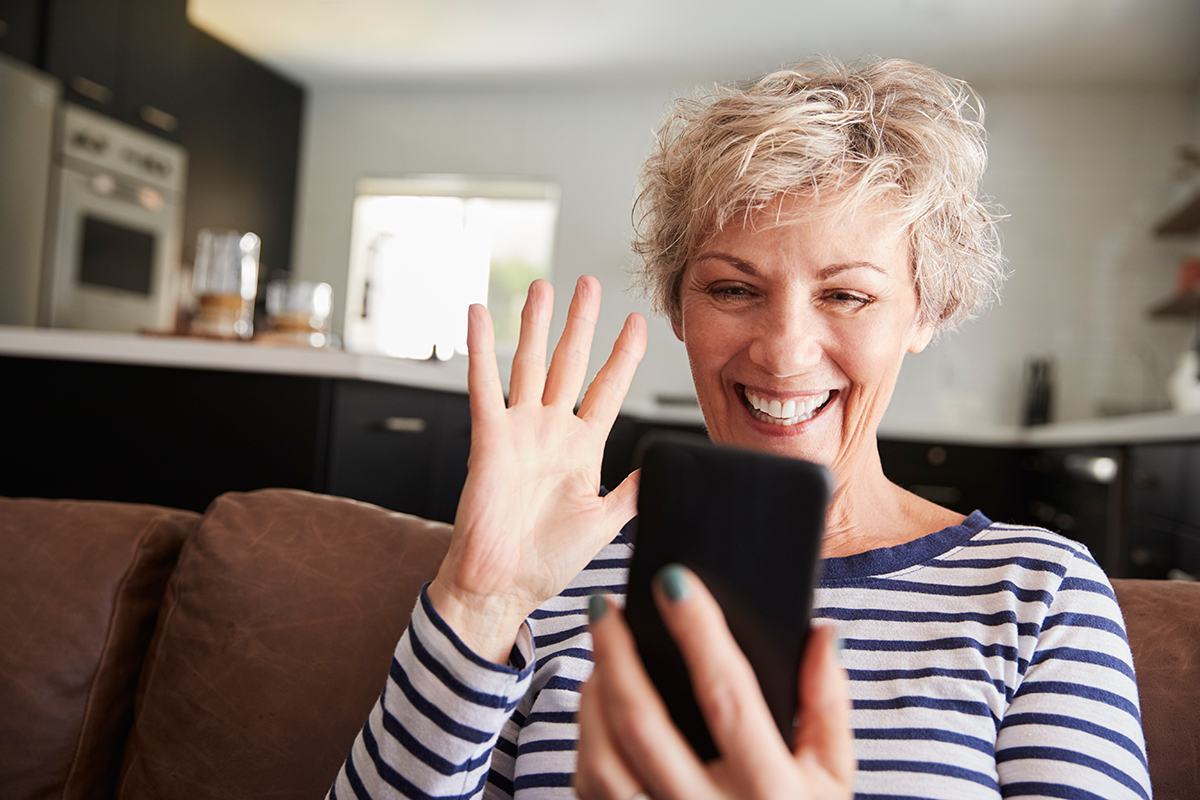
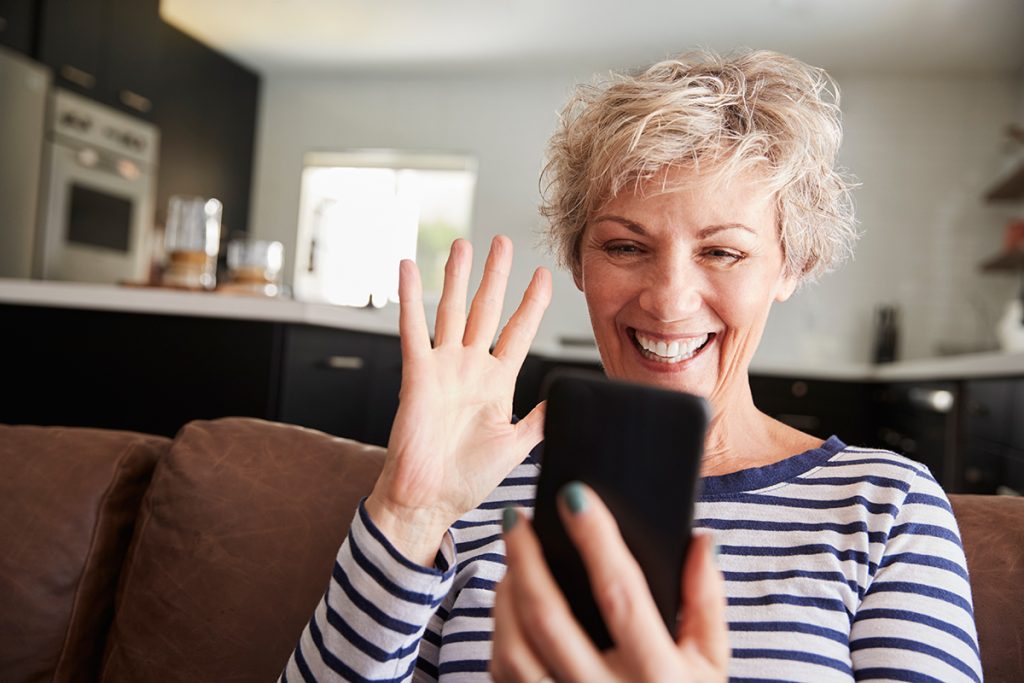 Our challenge in the midst of a pandemic situation is how we distance from each other while remaining connected to each other. Yes, follow the CDC guidelines for social distancing. We can still greet each other with elbow bumps, and then go for a walk, a bike ride, a cruise in kayaks, etc., and continue to avoid the proximity that puts us at any risk. We can connect via phone and receive the nourishment of live, interactive conversation that texting and e-mail don’t quite match. We can climb on board a web-based platform such as Zoom and Skype where we are face-to-face for our conversation. We also have all sorts of apps such as Facetime, WeChat, and many more that allow us to have face-to-face interaction for live conversations.
Our challenge in the midst of a pandemic situation is how we distance from each other while remaining connected to each other. Yes, follow the CDC guidelines for social distancing. We can still greet each other with elbow bumps, and then go for a walk, a bike ride, a cruise in kayaks, etc., and continue to avoid the proximity that puts us at any risk. We can connect via phone and receive the nourishment of live, interactive conversation that texting and e-mail don’t quite match. We can climb on board a web-based platform such as Zoom and Skype where we are face-to-face for our conversation. We also have all sorts of apps such as Facetime, WeChat, and many more that allow us to have face-to-face interaction for live conversations.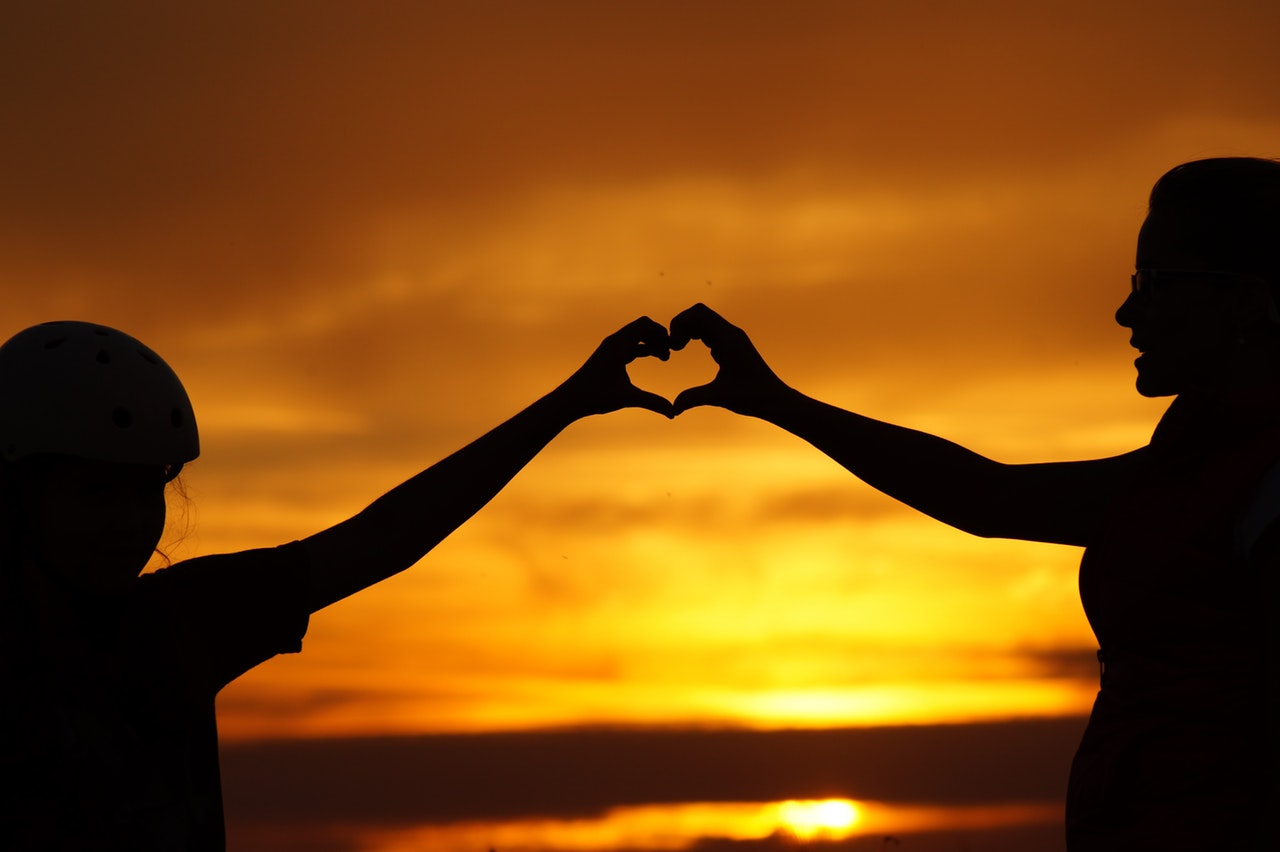
 P stands for physical needs. For instance, if you aren’t breathing, drinking water, and eating lots of nutritional foods, you probably won’t become the best version of yourself.
P stands for physical needs. For instance, if you aren’t breathing, drinking water, and eating lots of nutritional foods, you probably won’t become the best version of yourself.

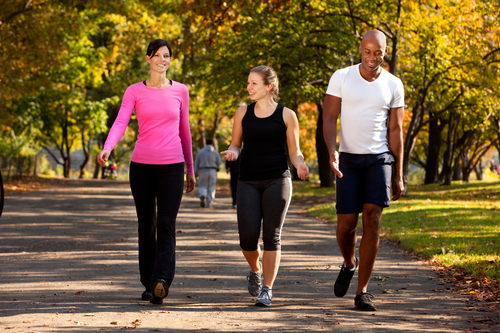 When you were born there was a fundamental principle that existed…a dream for your life so to speak. Everything in your life will make sense once you understand this. The dream for your life is that you become the best version of yourself. The dream in no way shape or form is that you become a second rate version of yourself. This leads me to friends.
When you were born there was a fundamental principle that existed…a dream for your life so to speak. Everything in your life will make sense once you understand this. The dream for your life is that you become the best version of yourself. The dream in no way shape or form is that you become a second rate version of yourself. This leads me to friends.